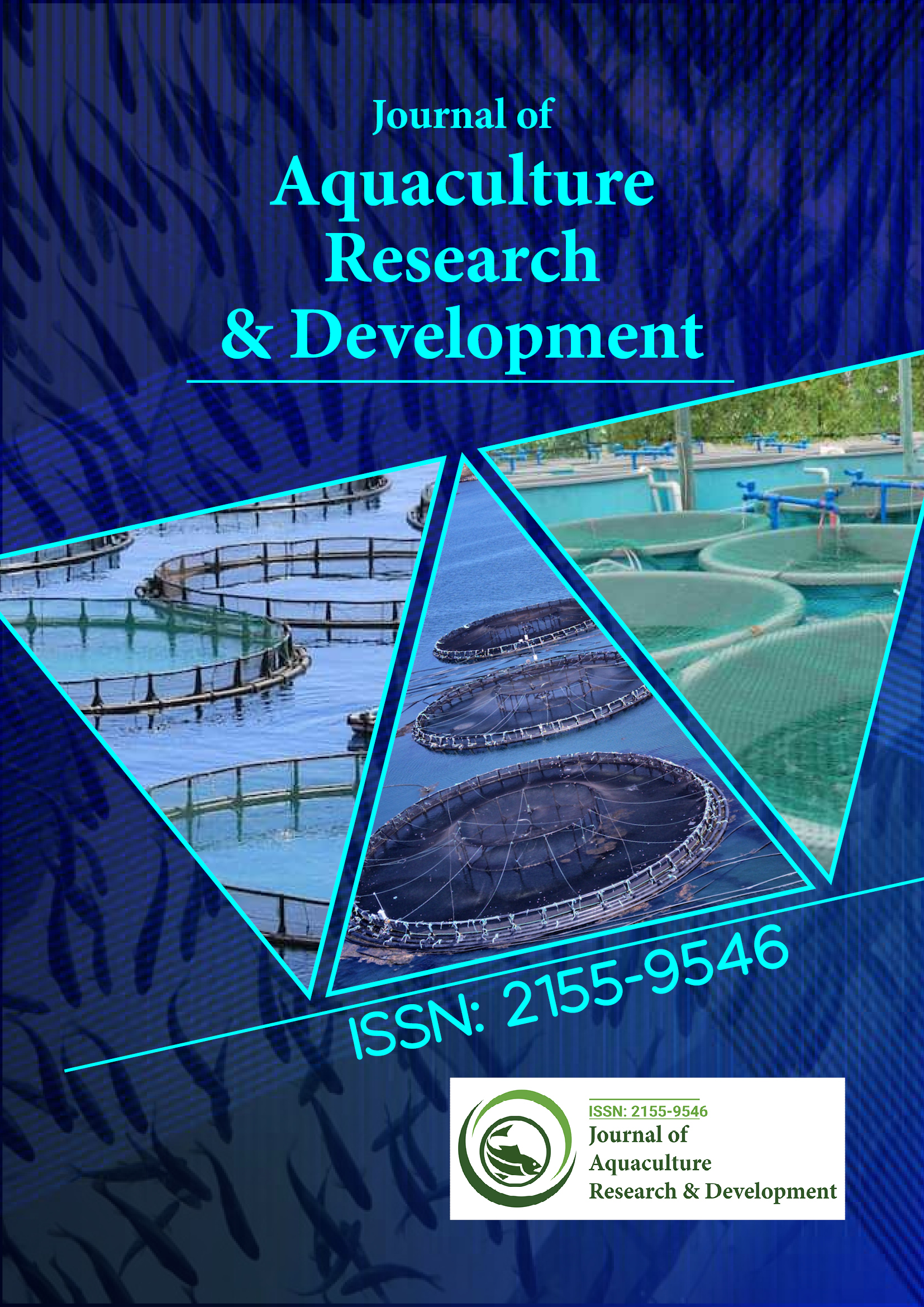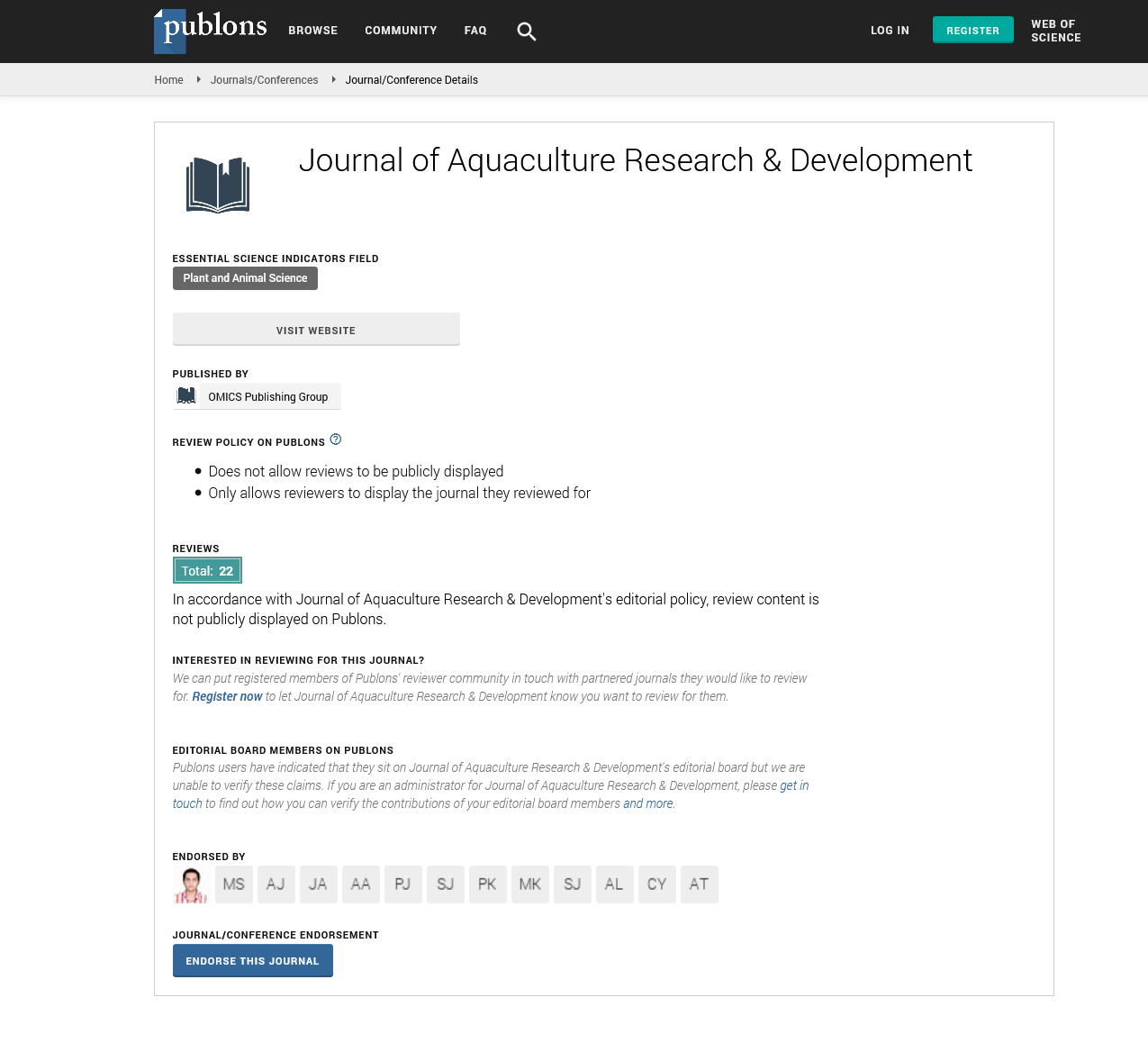Indexed In
- Online Access to Research in the Environment (OARE)
- Open J Gate
- Genamics JournalSeek
- JournalTOCs
- Scimago
- Ulrich's Periodicals Directory
- Access to Global Online Research in Agriculture (AGORA)
- Electronic Journals Library
- Centre for Agriculture and Biosciences International (CABI)
- RefSeek
- Directory of Research Journal Indexing (DRJI)
- Hamdard University
- EBSCO A-Z
- OCLC- WorldCat
- Scholarsteer
- SWB online catalog
- Virtual Library of Biology (vifabio)
- Publons
- MIAR
- University Grants Commission
- Euro Pub
- Google Scholar
Useful Links
Share This Page
Journal Flyer

Open Access Journals
- Agri and Aquaculture
- Biochemistry
- Bioinformatics & Systems Biology
- Business & Management
- Chemistry
- Clinical Sciences
- Engineering
- Food & Nutrition
- General Science
- Genetics & Molecular Biology
- Immunology & Microbiology
- Medical Sciences
- Neuroscience & Psychology
- Nursing & Health Care
- Pharmaceutical Sciences
Perspective - (2025) Volume 16, Issue 6
Integrating Microstructural and Chemical Analyses to Examine Environmental Histories in Mollusc Shells
Sabine Piller*Received: 26-May-2025, Manuscript No. JARD-25-29775 ; Editor assigned: 28-May-2025, Pre QC No. JARD-25-29775 (PQ); Reviewed: 11-Jun-2025, QC No. JARD-25-29775 ; Revised: 18-Jun-2025, Manuscript No. JARD-25-29775 (R); Published: 25-Jun-2025, DOI: 10.35248/2155-9546.25.16.1002
Description
Sclerochronology, the study of physical and chemical variations in the hard tissues of organisms, has emerged as a powerful approach to understanding age, growth and environmental conditions. In freshwater molluscs, this method is particularly valuable because their shells record incremental patterns of growth and environmental variability over time. Molluscan shells, largely composed of calcium carbonate, preserve microstructural increments and isotopic signatures that can span years or even decades, functioning as natural archives of environmental and biological history. These incremental records allow researchers to reconstruct ecological processes, assess hydrological dynamics and examine climate variability across temporal scales not easily captured by conventional monitoring.
Over the past few decades, freshwater mollusc sclerochronology has expanded significantly, providing insights into life history strategies, growth dynamics and responses to environmental changes. Despite these advances, methodological and interpretive challenges persist, underscoring the need for further refinement. This review explores historical applications, recent trends, persistent challenges and future directions of sclerochronology in freshwater molluscs.
Historical context and applications
The origins of mollusc sclerochronology trace back to the early 20th century when researchers first noted visible growth increments in shells. Early studies applied these increments to estimate age and growth rates, particularly for fisheries management and ecological monitoring. Over time, the scope of research expanded from simple age determination to more complex reconstructions of environmental and ecological history. In freshwater systems, sclerochronology has become a versatile tool. By examining growth increments and isotopic variations, scientists can reconstruct past hydrological conditions, track seasonal temperature fluctuations and assess nutrient dynamics. This ability to provide environmental reconstructions has proven crucial for understanding the impacts of natural variability and human activities on aquatic systems.
Freshwater mollusc sclerochronology
Another trend is the cross-validation of age estimation methods. Traditional visual increment counts can be confounded by irregular deposition, resorption, or stress-related lines. To improve accuracy, researchers now use stable isotope chronologies, radiometric dating and mark-recapture studies to validate age determinations. Climate change research has also become a growing area of application. Long-lived freshwater mussels, for example, serve as natural archives of environmental conditions, recording multi-decadal shifts in temperature, precipitation and hydrology. Such reconstructions are invaluable in understanding regional climate variability and human-induced alterations of freshwater systems.
Methodological challenges
Despite these advances, sclerochronology in freshwater molluscs faces significant challenges. One key limitation is variability in growth patterns. Shell formation is influenced by temperature, food availability, water chemistry and biological stressors. Such variability complicates interpretation of increments and their relationship to time or environmental factors. Differentiating true annual growth increments from stress-induced lines remains another challenge. In some species, growth may be interrupted by disturbances, resulting in “false lines” that resemble annual markers. Accurate identification of true chronological increments is essential to avoid misinterpretation.
Emerging approaches and future directions
In response to these challenges, several promising directions are emerging. One approach is the integration of multidisciplinary datasets. By combining shell microstructures with isotopic and elemental analyses and linking these with hydrological and ecological data, researchers can better interpret environmental signals. Advanced statistical models, including machine learning, are being employed to separate overlapping influences of temperature, food and hydrology on shell growth. Another direction involves the development of standardized protocols for sampling, preparation and analysis. Establishing common methods will enhance comparability across studies and allow creation of global or regional sclerochronological datasets.
Implications for freshwater ecosystems
The implications of freshwater mollusc sclerochronology extend well beyond age determination. It enables detailed reconstructions of hydrological variability, such as seasonal flow regimes and interannual water-level fluctuations. Elemental and isotopic analyses reveal nutrient dynamics and primary productivity trends, while trace element concentrations provide evidence of pollution exposure and contamination histories. Age and growth analyses further inform biodiversity assessments, shedding light on life history strategies, reproductive timing and population stability. Collectively, these insights offer valuable tools for ecosystem monitoring, management and conservation, particularly in the face of climate change and anthropogenic stressors.
Citation: Piller S (2025). Integrating Microstructural and Chemical Analyses to Examine Environmental Histories in Mollusc Shells. J Aquac Res Dev. 16:1002.
Copyright: © 2025 Piller S. This is an open-access article distributed under the terms of the Creative Commons Attribution License, which permits unrestricted use, distribution, and reproduction in any medium, provided the original author and source are credited.

